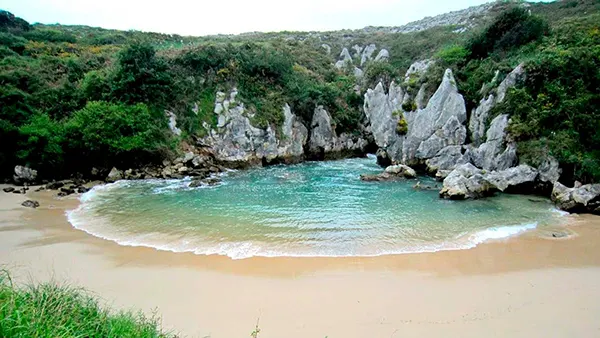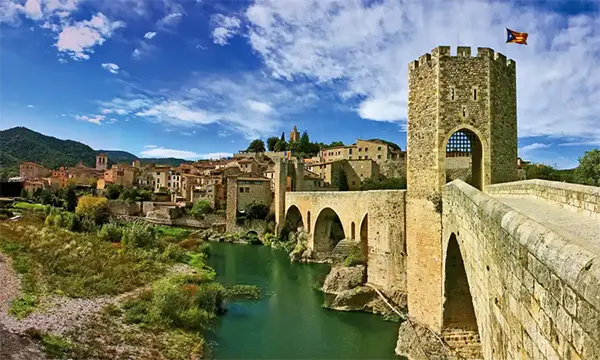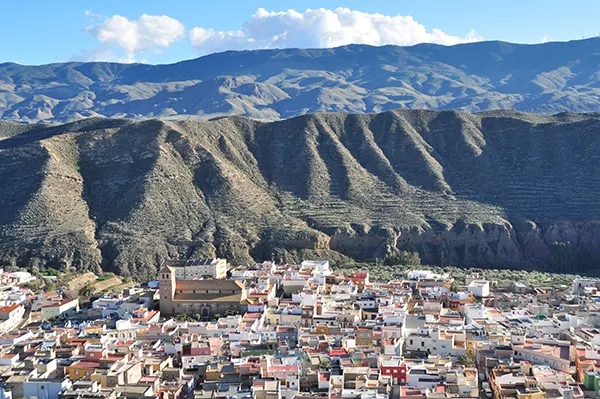San Lorenzo de El Escorial: From Royal Heritage to Modern Spain
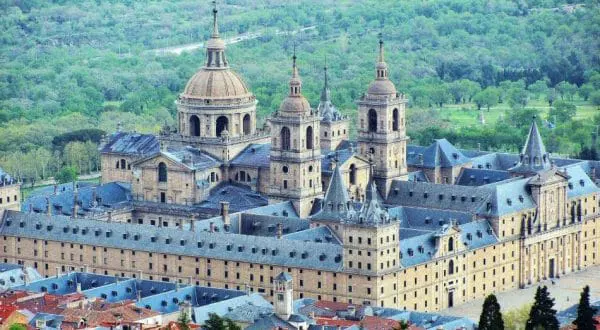
San Lorenzo de El Escorial, located in the Sierra de Guadarrama mountains near Madrid, is one of Spain’s most iconic historical sites. This remarkable complex, commissioned by King Philip II in the 16th century, combines a royal palace, monastery, basilica, library, and royal mausoleum. Today, it stands as a symbol of Spain’s imperial past and cultural identity, attracting visitors and scholars alike.
The Historical and Architectural Significance
The construction of El Escorial began in 1563 and was completed in 1584 under the guidance of architect Juan Bautista de Toledo and later Juan de Herrera. Its austere and symmetrical design embodies the ideals of the Spanish Renaissance, reflecting both religious devotion and royal power. The building was intended as a centre of governance, learning, and faith.
At the heart of the complex lies the basilica, whose massive dome and grey granite walls convey solemn grandeur. The design emphasises simplicity, order, and balance — principles that became known as the “Herreresque style”. This architectural approach influenced countless religious and civic buildings throughout Spain and its colonies.
The Escorial also served as a royal mausoleum for the Spanish monarchy. Beneath its marble floors lies the Pantheon of the Kings, where the remains of monarchs from Charles I to recent generations rest in ornately decorated chambers. This continuity of royal lineage adds profound historical weight to the site.
The Monastery and its Spiritual Role
While El Escorial was conceived as a royal residence, it also functioned as a monastery dedicated to Saint Lawrence. The Hieronymite monks who once inhabited it followed strict religious practices, turning the site into a centre of spiritual life and education. Their influence extended beyond the monastery, shaping the cultural and intellectual development of Spain.
Inside, the monastery’s library holds over 40,000 volumes, including rare manuscripts from the Middle Ages. These texts cover theology, philosophy, astronomy, and medicine, reflecting Spain’s pursuit of knowledge during the Renaissance. The ceiling frescoes, painted by Pellegrino Tibaldi, depict allegories of the liberal arts and stand as masterpieces of Renaissance art.
Even today, El Escorial retains its religious function, hosting services and events that maintain the site’s connection to its monastic origins. The tranquil courtyards and echoing halls continue to inspire reflection and reverence among visitors.
San Lorenzo de El Escorial in the Modern Era
In contemporary Spain, San Lorenzo de El Escorial has evolved into both a historical monument and a living town. The surrounding municipality, established in the 18th century, offers a unique blend of cultural heritage and modern lifestyle. Visitors can explore local markets, mountain trails, and cafés that echo the charm of traditional Castilian towns.
The site has been listed as a UNESCO World Heritage Site since 1984, recognised for its cultural, historical, and architectural importance. This designation ensures ongoing preservation efforts and attracts researchers and conservationists who study its art, archives, and architecture.
In recent years, El Escorial has also become a centre for education and tourism. Schools and universities often organise trips to study its architecture and history, while guided tours offer insight into Spain’s royal and religious past. The town’s economy benefits from this sustainable cultural tourism, ensuring the legacy of the site remains vibrant and relevant.
The Surrounding Nature and Lifestyle
The Sierra de Guadarrama mountains provide a scenic backdrop to El Escorial, creating an atmosphere of serenity and grandeur. The area’s natural beauty complements the spiritual solemnity of the monastery, making it a popular destination for hiking and nature excursions.
Local residents enjoy a peaceful lifestyle that balances tradition and modernity. The town’s stone buildings, narrow streets, and traditional restaurants offer a glimpse into Castilian culture, while its proximity to Madrid makes it easily accessible for both tourists and locals seeking a cultural escape.
Seasonal festivals, such as the feast of Saint Lawrence, bring the community together through parades, music, and gastronomy. These events celebrate not only religious heritage but also the enduring sense of identity shared by those who live in the shadow of El Escorial’s granite towers.
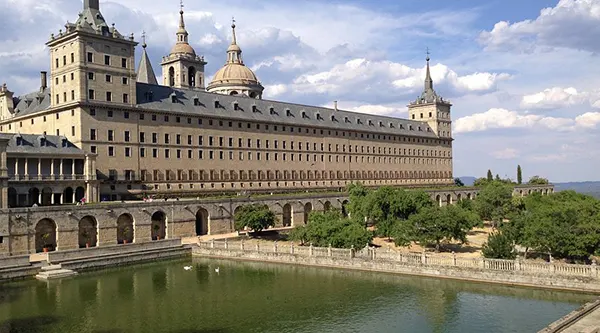
The Enduring Symbol of Spanish Identity
San Lorenzo de El Escorial continues to embody Spain’s historical and cultural essence. It represents a bridge between the nation’s royal past and its democratic present, uniting faith, knowledge, and art in a single monumental complex. The building’s minimalist beauty serves as a reminder of the country’s architectural discipline and creative spirit.
For historians, El Escorial offers an invaluable archive of Spain’s imperial era. Its manuscripts, paintings, and royal tombs provide insights into how religion and politics shaped one of Europe’s most powerful empires. Each stone of the building seems to carry echoes of Spain’s golden age.
For modern visitors, the site invites contemplation about continuity and change. While its towers no longer symbolise royal dominion, they still reflect the enduring human desire to preserve meaning, history, and beauty across generations.
Preservation and Cultural Legacy
The preservation of San Lorenzo de El Escorial is an ongoing effort involving historians, architects, and cultural institutions. Conservation projects ensure that the structure’s integrity is maintained while adapting facilities for modern use. These efforts safeguard not only the building itself but also the vast collection of art and literature it houses.
The site has inspired artists, writers, and filmmakers, from Spanish romantic poets to contemporary directors. Its solemn geometry and mountainous setting have become metaphors for endurance and faith in Spanish art and culture.
As Spain continues to redefine its identity in the 21st century, San Lorenzo de El Escorial remains a timeless reminder of the nation’s depth, resilience, and cultural pride. It stands not merely as a monument but as a living testimony to the spirit of Spain.

